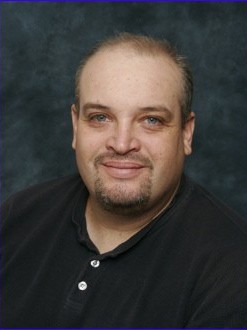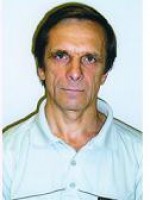resumo
Hydroxyapatite (HAp) was studied from a first principle approach using the local density approximation (LDA) method in AIMPRO code, in combination with various quantum mechanical (QM) and molecular mechanical (MM) methods from HypemChem 7.5/8.0. The data obtained were used for studies of HAp structures, the physical properties of HAp (density of electronic states-DOS, bulk modulus etc) and defects in HAp. Computed data confirmed that HAp can co-exist in different phases-hexagonal and monoclinic. Ordered monoclinic structures, which could reveal piezoelectric properties, are of special interest. The data obtained allow us to characterize the properties of the following defects in HAp: O, H and OH vacancies; H and OH interstitials; substitutions of Ca by Mg, Sr, Mn or Se, and P by Si. These properties reveal the appearance of additional energy levels inside the forbidden zone, shifts of the top of the valence band or the bottom of the conduction band, and subsequent changes in the width of the forbidden zone. The data computed are compared with other known data, both calculated and experimental, such as alteration of the electron work functions under different influences of various defects and treatments, obtained by photoelectron emission. The obtained data are very useful, and there is an urgent need for such analysis of modified HAp interactions with living cells and tissues, improvement of implant techniques and development of new nanomedical applications.
palavras-chave
MONOCLINIC HYDROXYAPATITE; COMPUTER-SIMULATION; REFINEMENT; SILICON; BONE; OH
categoria
Physics
autores
Bystrov, VS; Coutinho, J; Bystrova, AV; Dekhtyar, YD; Pullar, RC; Poronin, A; Palcevskis, E; Dindune, A; Alkan, B; Durucan, C; Paramonova, EV
nossos autores
agradecimentos
The work is supported by Fundacao para a Ciencia e a Tecnologia (FCT, Portugal). VSB acknowledges financial support via his FCT grant SFRH/ BPD/22230/2005 and RFBR (Russia) grant 15-01-04924. AVB is grateful to Riga Technical University for partial financial support via grant PVS ID 1549. RCP acknowledges financial support from FCT grant SFRH/BPD/97115/2013. JC thanks the FCT for support via grant no. PEst-C/CTM/LA0025/2013



